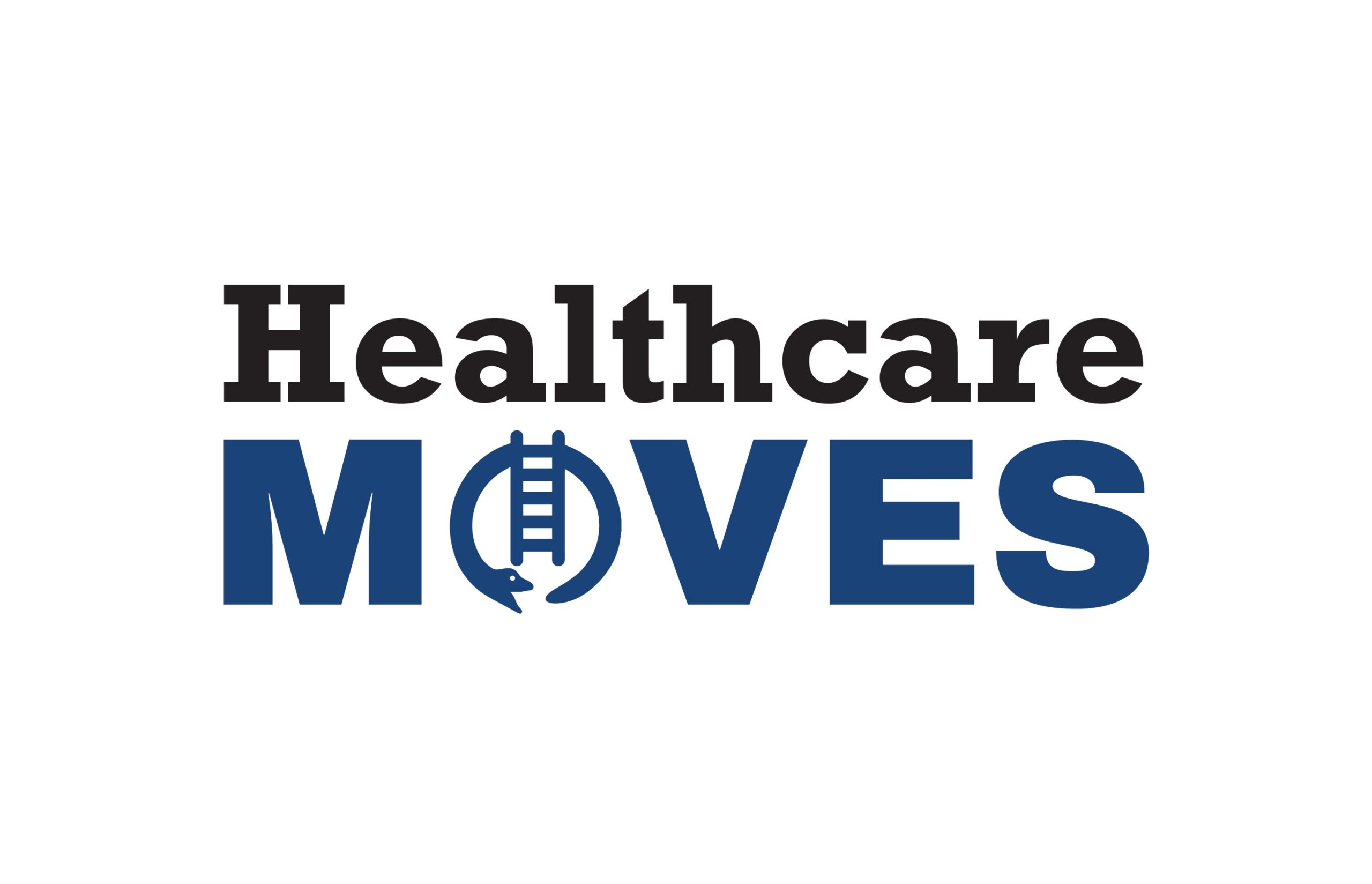Healthbox accelerator grad Third Eye Health sees an untapped market for Google Glass in healthcare: improving acute care by speeding up the way EMTs and ER physicians communicate with each other. In an interview with MedCity News, Third Eye Health founder and CEO Daniel Herbstman illustrated some of the use cases for its platform being piloted by hospital partners.
For the Chicago-based, Glass at Work partner, telestroke tops the list of its applications. Physicians race against the clock to diagnose and treat patients who have suffered a stroke so they can give them the proper medication before brain damage takes hold. The ability for a physician to connect with a neurologist from a patient’s bedside in an ER or patient’s room is a connection that several telemedicine companies have developed. But what if first responders like paramedics had that technology and could connect with neurologists through audio or video and transmit data before they reach the hospital to determine the patient’s condition? Herbstman sees this approach as a way to diagnose patients earlier.
Several companies have developed tools to support telestroke, particularly robotic carts equipped with screens that can move to patients’ bedside. But Herbstman sees this approach as awkward and clumsy. The nice thing about Google Glass is that it gives consulting physicians the same perspective as the person standing by the patient.

With the Rise of AI, What IP Disputes in Healthcare Are Likely to Emerge?
Munck Wilson Mandala Partner Greg Howison shared his perspective on some of the legal ramifications around AI, IP, connected devices and the data they generate, in response to emailed questions.
Four hospitals are piloting Third Eye Health’s platform, including University of Texas Health Science Center. It is doing a 200 patient study to evaluate its technology through a mobile stroke ambulance. Herbstman said it expects to have data from those studies later this year.
Aside from telestroke, Herbstman said it wants to expand its platform for telemedicine into other acute care areas, such as trauma and, eventually, heart attacks.
The company is currently raising $400,000 to make its telestroke platform, support product development and broaden its customer base. So far, angels have provided funding, and it is in talks with Healthbox for follow on funding.
Herbstman has worked in the healthcare industry for most of his career. Although he started in medical devices, he most recently worked at Haemonetics — a blood management company.
Pristine.io, Augmedix and Wearable Intelligence have so far attracted the most investment for smart glass companies in the telemedicine space. Herbstman argues that its product is more cost-effective than what these businesses offer. As telemedicine reimbursement gradually improves, he anticipates a growing appetite to use telemedicine to deliver care for acute conditions faster.














